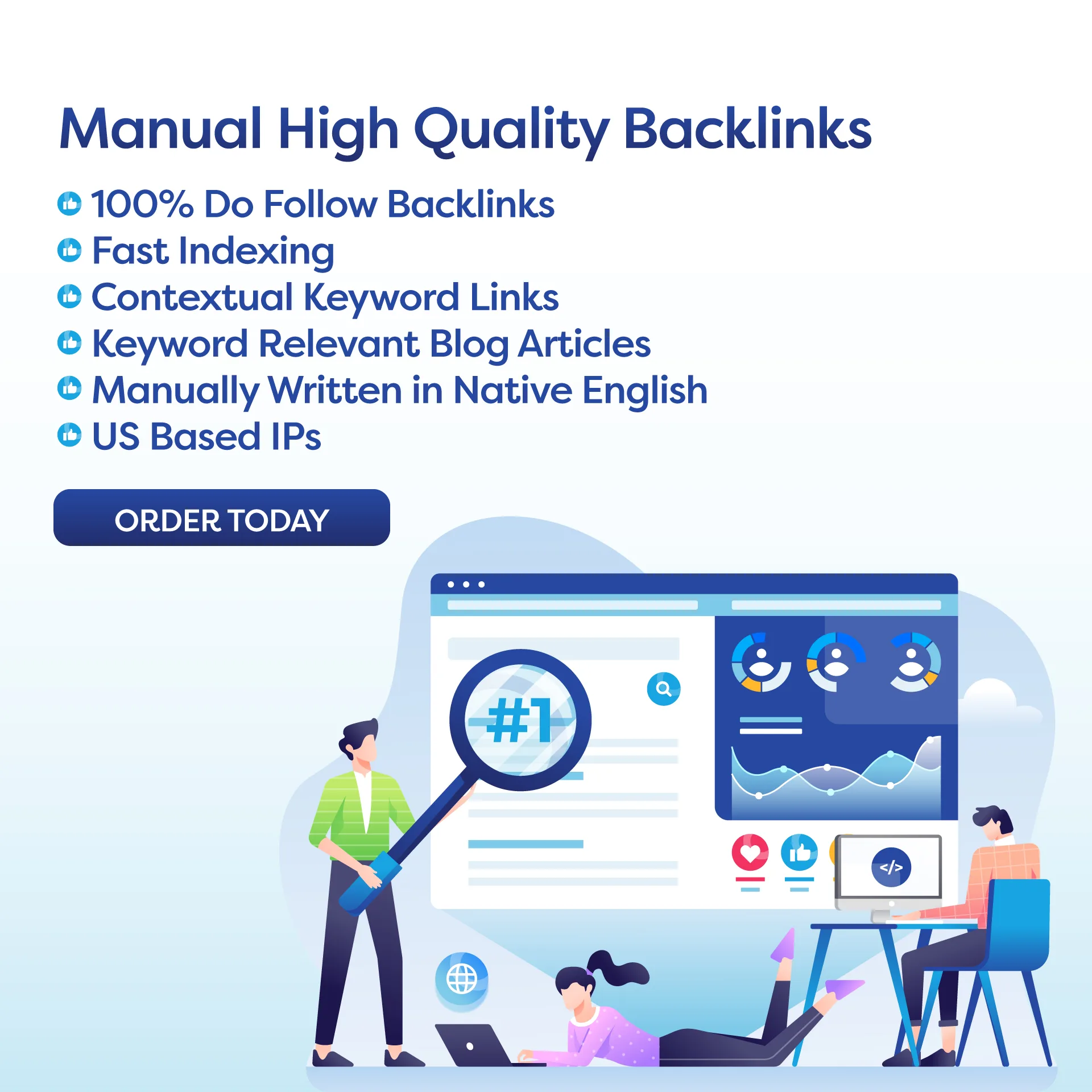Among the myriad strategies employed, the distinction between DoFollow vs NoFollow links is pivotal in shaping a site’s search engine rankings. In the ever-evolving world of Search Engine Optimization (SEO), understanding the nuances of link building is crucial for any website looking to improve its online presence. This first part of our guide delves into the basics of these link attributes and their significance in SEO.
Table of Contents
Introduction to SEO and Link BuildingWhat are DoFollow Links?What are NoFollow Links?Comparing DoFollow and NoFollow LinksBenefits of DoFollow Links for SEOWhen to Use NoFollow LinksHow to Identify DoFollow and NoFollow LinksStrategies for Using DoFollow and NoFollow Links in Your SEO EffortsFAQsConclusion
Introduction to SEO and Link Building
SEO is the practice of optimizing a website to increase its visibility when people search for products or services related to your business in Google, Bing, and other search engines.
The higher the visibility of your pages in search results, the more likely you are to garner attention and attract prospective and existing customers to your business.
Link building is a key component of SEO. It involves acquiring hyperlinks from other websites to your own. A hyperlink (usually just called a link) is a way for users to navigate between pages on the internet.
What are DoFollow Links?
DoFollow links are hyperlinks that allow search engines to follow them and reach your website, giving you link juice and helping in improving your website’s ranking.
They pass on SEO value from the source site to the destination site, contributing positively to the site’s visibility and search ranking.
What are NoFollow Links?
NoFollow links, introduced in 2005 by Google, are hyperlinks with a rel=”nofollow” tag. This tag tells search engines to ignore the link in terms of passing on link juice.
These links are used primarily to prevent spam and manage the quality of links that are added to a page.
While they do not contribute directly to SEO ranking, NoFollow links are useful for traffic generation and can indirectly influence your site’s popularity.
The understanding of DoFollow and NoFollow links is fundamental for anyone looking to improve their SEO strategy. By effectively using both types of links, website owners can ensure a balanced and ethical approach to building their site’s authority and enhancing visibility in search engine results pages (SERPs).
Detailed Analysis of DoFollow vs NoFollow Links
After establishing the basic understanding of DoFollow and NoFollow links in the SEO landscape, it’s important to dive deeper into their functionalities, differences, and strategic use. This part of our guide aims to shed light on these aspects, providing insights that can help website owners and content creators make informed decisions in their link-building efforts.
Comparing DoFollow and NoFollow Links
Understanding the fundamental differences between DoFollow and NoFollow links is crucial for effective SEO strategy:
Technical Difference: DoFollow links do not have a specific attribute in their HTML code, allowing search engines to follow them and pass on link equity or link juice. In contrast, NoFollow links include a rel=”nofollow” attribute, instructing search engines to disregard the link in terms of passing on SEO value.
Search Engine Treatment: Search engines like Google follow DoFollow links, which can improve the linked website’s search ranking. NoFollow links, however, are generally ignored by search engines when calculating rankings, although they can still bring traffic and have indirect SEO benefits.
Benefits of DoFollow Links for SEO
Link Equity: One of the primary advantages of DoFollow links is the transfer of link equity, enhancing the receiving site’s authority and ranking potential.
Improved Ranking: Websites with high-quality DoFollow backlinks are likely to see improvements in SERP rankings, driving more organic traffic.
When to Use NoFollow Links
Preventing Spam: Use NoFollow links when linking to less trustworthy sources or in user-generated content to prevent the transfer of link equity to potentially spammy sites.
Paid Links: Any paid or sponsored links should be tagged as NoFollow to comply with Google’s guidelines and maintain the integrity of your link profile.
How to Identify DoFollow and NoFollow Links
By inspecting the HTML code: A DoFollow link has no specific attribute, while a NoFollow link will include rel=”nofollow”.
Various SEO tools and browser extensions can automatically highlight the type of links on a webpage, making it easier to distinguish between DoFollow and NoFollow.
Strategies for Using DoFollow and NoFollow Links in Your SEO Efforts
Balanced Link Profile: Maintain a healthy balance of DoFollow and NoFollow links to signal a natural and diverse link profile to search engines.
Quality Over Quantity: Focus on acquiring high-quality DoFollow links from reputable sources rather than amassing a large number of low-quality links.
Use NoFollow for Control: Leverage NoFollow links to direct traffic where beneficial without affecting your SEO with potentially harmful sites.
By understanding and implementing these distinctions and strategies, you can more effectively leverage DoFollow and NoFollow links to enhance your website’s SEO performance. A well-thought-out approach to link building, acknowledging the roles of both link types, is essential for boosting your online visibility and achieving long-term success in search rankings.
FAQs and Conclusion
To wrap up our comprehensive guide on DoFollow vs NoFollow links, let’s address some frequently asked questions that many website owners and SEO professionals have. These FAQs will help clarify common concerns and provide actionable insights for effectively using both types of links in your SEO strategy.
FAQs
Do NoFollow links affect SEO?
While NoFollow links do not directly contribute to search engine rankings by passing link equity, they can still affect SEO indirectly by driving traffic and potentially leading to more DoFollow links from other sources.
Can DoFollow links hurt your site?
Yes, if not used judiciously. DoFollow links from low-quality or spammy sites can harm your site’s SEO. It’s crucial to aim for high-quality backlinks and maintain a natural link profile.
How many DoFollow links are too many?
There’s no specific limit to the number of DoFollow links, but the key is to maintain a natural and balanced link profile. Abrupt spikes in DoFollow links can appear manipulative to search engines and may trigger penalties.
How do I change a NoFollow link to a DoFollow link?
To change a link from NoFollow to DoFollow, remove the rel=”nofollow” attribute from the link’s HTML code. However, this should only be done if the link is from a trustworthy and relevant source.
Conclusion
In the dynamic realm of SEO, understanding the nuances between DoFollow and NoFollow links is essential. Both types of links serve distinct purposes and can significantly impact your website’s search engine visibility and overall online presence. By strategically incorporating DoFollow links to acquire link equity and using NoFollow links where appropriate, you can create a balanced and natural link profile that supports your SEO goals.
Remember, the quality of backlinks often outweighs quantity. Prioritizing high-quality, relevant links will not only improve your SEO but also enhance the user experience for your audience. As search engines continue to evolve, staying informed and adaptable in your SEO strategies will be key to online success.
By addressing these FAQs and summarizing the importance of both DoFollow and NoFollow links, we hope to have provided you with valuable insights for optimizing your website’s link-building efforts. Remember, a well-rounded SEO strategy is the cornerstone of achieving and maintaining high search engine rankings.
Google Webmaster Guidelines – For understanding Google’s view on link schemes.
Moz’s Beginner’s Guide to SEO – A comprehensive guide on SEO basics, including link building.
W3C’s HTML5 Link Types – Technical documentation on HTML link types.

